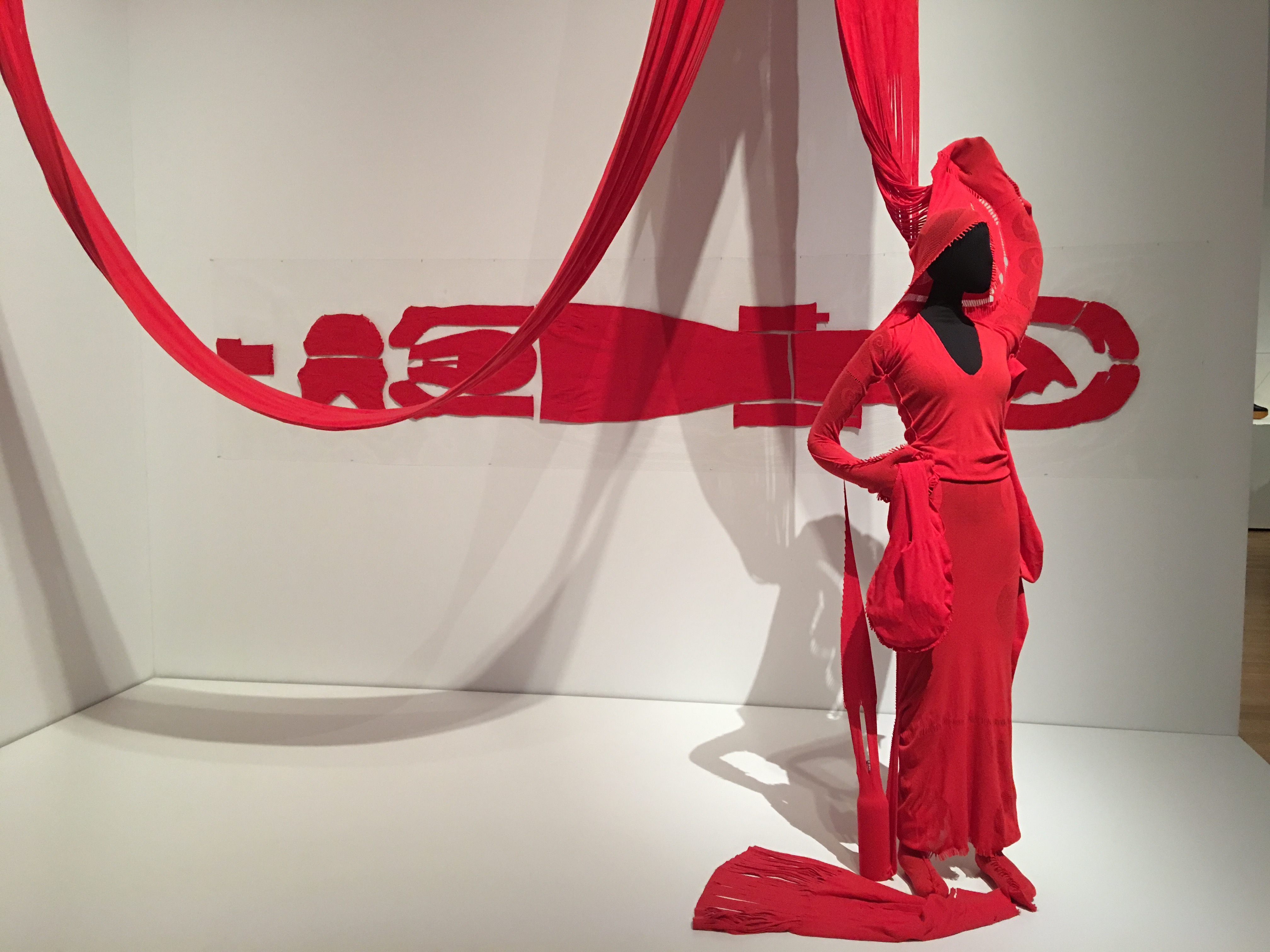Bridge 1: DNA of a garment
A POC Queen
Some may call it a puzzle and some may call it a zero-waste piece of art. It’s a tubular structure that embraces energy and empowerment; a statement of the 20th Century. The time where fashion became more practical and more accessible since the Industrial Revolution which made mass production and new experimentation of fabrics possible. The time where Coco Chanel and Yohji Yamamoto changed and twisted the fashion world to be more body friendly and mixed with gender styles. The art of deconstructing items and reimagining it, where a patchwork of patterns consisting of shapes have the silhouettes of a dress, shirts, socks, gloves, and hats. Shapes that look like squares, triangles, waves, trapezoids, and ovals when laid flat on the floor. I suggest the texture to be a mix of cotton, nylon, and polyurethane, which was crafted by a computer knitting machine using a single thread that holds the seam. I imagine a puzzle of woven seams, which all can be cut without destroying the silhouette of the full body suit. An open flow of knitted tubes which are soft as felt, warm as felt, thick as felt. (My personal favorite material since it’s so warm and eco-friendly). Endless and timeless. The beat of a repeating pattern covering the hat, the shoulders, the arms, the belly, the legs, the feet. The only pattern of skin visible, is the face. A curtain of red, wavy and tight. The artwork of Miyake and Fujiwara; a Japanese designer duo, collaborating to break the rules in Fashion, in order to create the new. A cloth, a question to reinterpret fashion as a system. A statement of seeing fashion as an ecosystem. Pollutant and wasteful now but in future seams may not exist anymore since bio leather, made from a liquid yeast, can be molded together to connect pieces. We may face a future where 3D printers and bio fashion out roll sawing and knitting machines. We may experience that biology we find in nature, solves the problems of fashion being a polluter now but not in future. Questions over questions; an ongoing experiment with no answers and no conclusion.
But luckily there is still room for imagining the new and ways to exchange toxic with eco-friendly materials. Our mission as Artists and Designers should be to develop alternative business models and eco-friendly tools to give humans the choice to change a consummative behavior.
